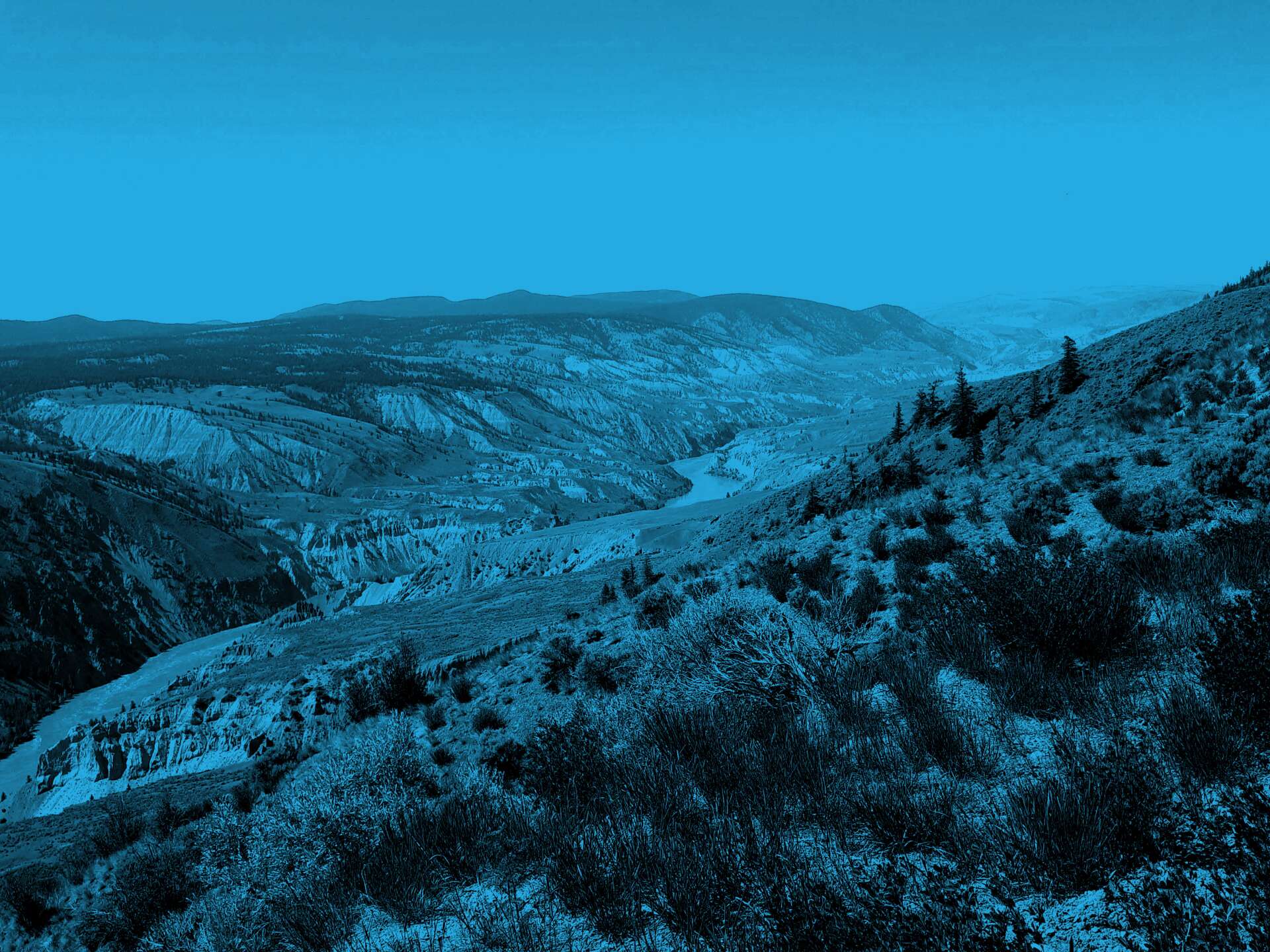Growing up in rural Manitoba, a trip to Winnipeg was a big thing. Whether it was delivering seeds with my step-father (tea in a mason jar stuffed in an old wool sock) or riding the escalator with my mom to search, like oyster divers, through the sales bins in the basement at the Bay ("what's on the upper floors, mom?"), visiting 'the city' was exciting, scary and disorienting.
Occasionally, our school organized a class trip to Winnipeg. My most memorable school trip was in grade eight–we visited what was then called the Museum of Man and Nature. After riding the mud-stained school bus to town, past the field where our bus driver would later, on a summer day, crash and die in his yellow-orange crop duster, we boarded another school bus for the two-hour, bumpy, swaying ride south for a day of education.
Having been hustled off the bus onto the sidewalk outside the museum, my restless classmates and I knew if we behaved, we would be treated to dinner at The Old Spaghetti Factory--heaping plates of what, as I was later to understand, is pronounced, 'pawsta'. Unknowingly, as I shuffled through the front door of the museum, I was about to have my first lesson in Aboriginal law.
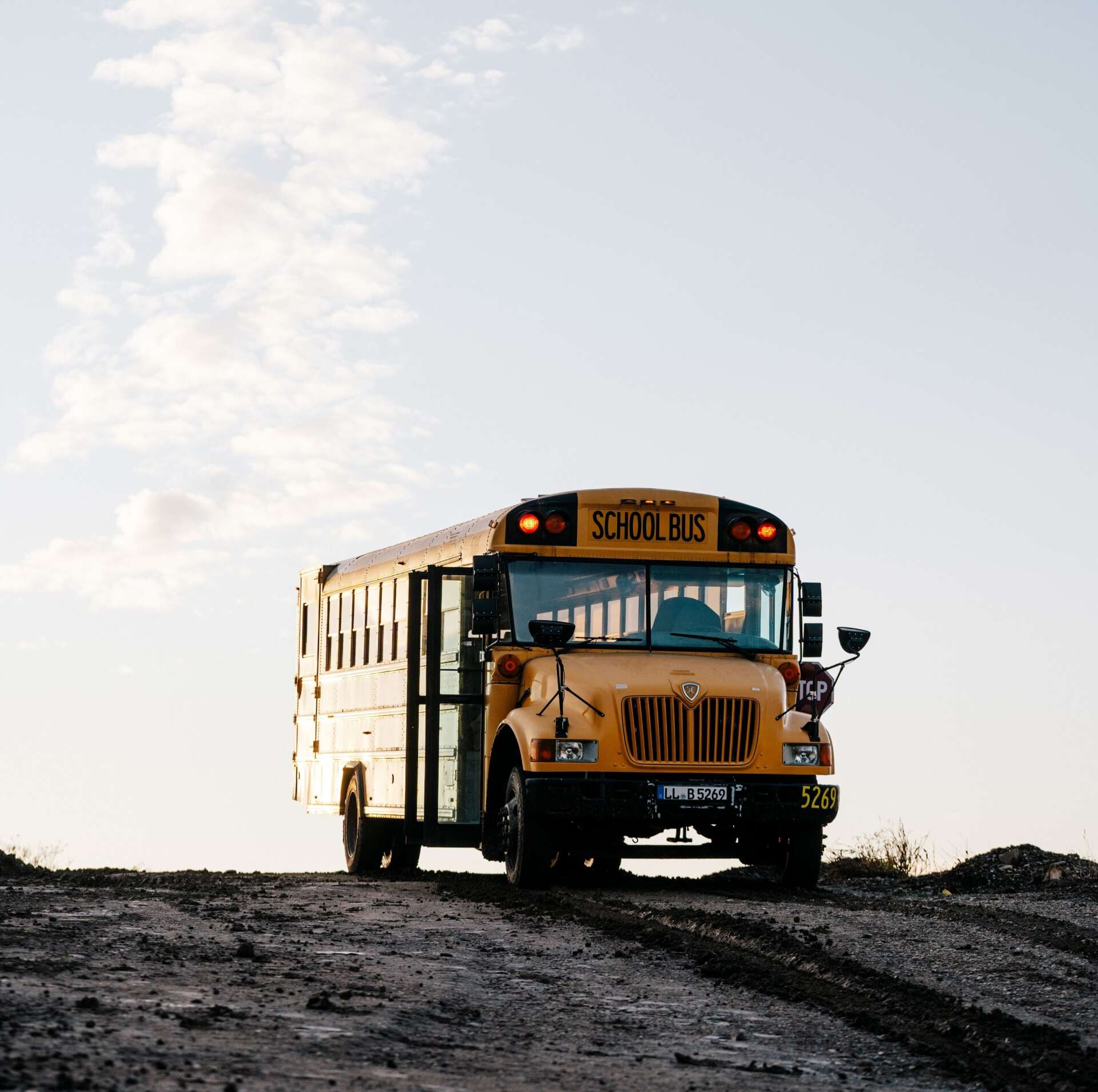
Photo Credit: Raphael Nast (License)
On entering the museum, I remember finding myself toe-to-toe with a diorama of 'our Indian people'. A man in a loincloth standing next to a horse clutched a wooden bow while a white-tailed deer stood motionless, head-up, ears straining skyward, staring glass-eyed through a mini-forest of poplar trees. The diorama’s soft, diffuse twilight engulfed the figures in an indefinite, distant past, shorn of relevance, denied a present and a future.
By the time I visited the museum, I had spent a lot of time hunting. Walking into the bush with a gun wasn't about the excitement of the kill, it was an escape into solitude. Even when hunting with my brothers, my stepfather, my uncles and cousins, the prevailing experience was the absence of human voices and the slow emergence of the smells and sounds of the wind, the trees and the grass.
I never hunted with a bow and arrow. My most valued childhood possessions were a collection of guns including several shotguns: a 4-10 for partridges, a 20 gauge for prairie chickens, a semi-automatic 12 gauge for geese and ducks (take out the plug and you could get five shots). I also had several rifles; a single-shot Cooey 22 for squirrels and rabbits and a bolt-action 30-06 with a 4-power scope for deer, moose and bears.
I had ridden horses, although without the confidence and skill of my sisters and grandmother, but I had never ridden one for hunting. I either rode my Honda 100 XR dirt bike (22 rifle slung over my back on a homemade, plain leather strap) or tagged along with my older brothers in the used Volkswagen beetle they modified by adding rear dual tires with chains and cutting out the roof so it could be thrown back on hinges.
As my class continued our museum tour, I realized the diorama was a prelude for the main event, the arrival of Europeans that would mark the coming of civilization. Historical time began when we entered the next exhibit. A dark passage opened onto a recreation of the English port town of Gravesend in the mid-17th century. At dock rested a replica of the Nonsuch, the English ship which brought Europeans to James Bay in the fall of 1668 where they traded for a few furs with the local Cree, and thereby made the economic argument for the establishment of the Hudson's Bay Company. Our museum tour culminated with the Winnipeg exhibit, the “Chicago of the north”--a triumph of modernism and colonization.
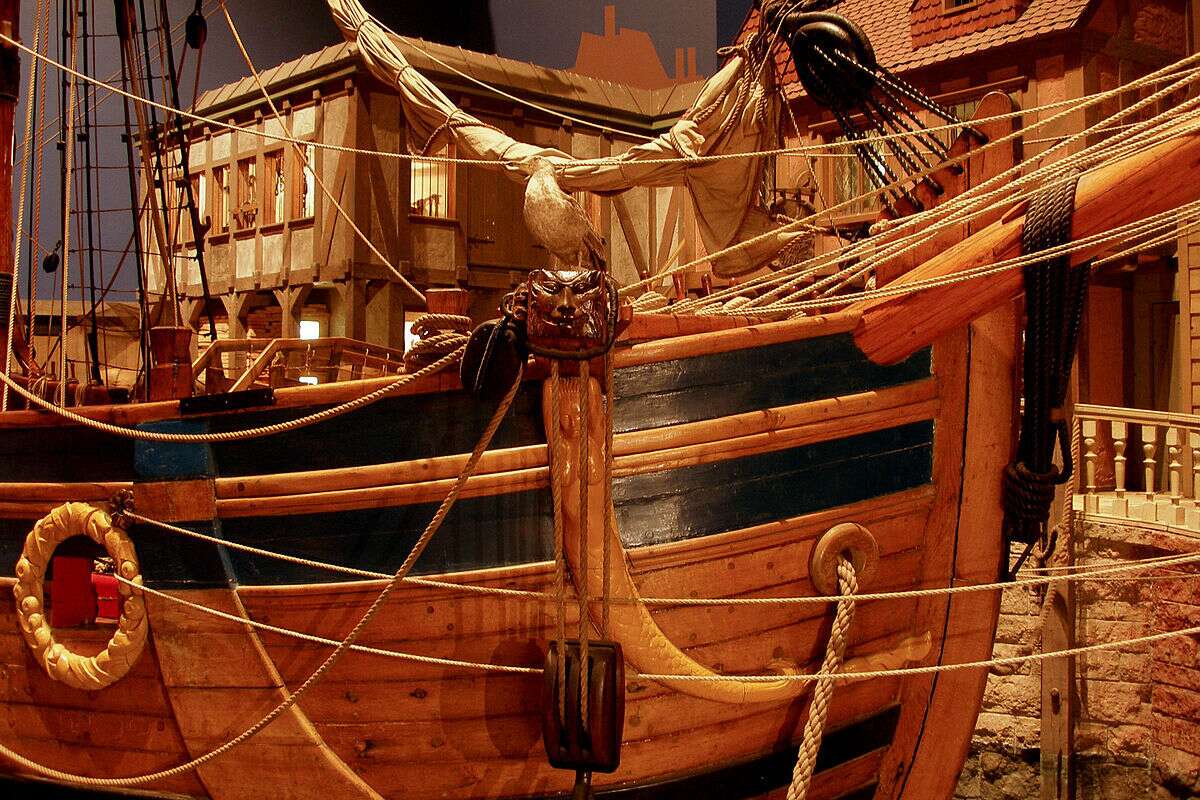
Photo credit: Thomas Quine (License)
Museums are places of stories. The story I was taught that day left me as cold and confused as the shadows that weighed me down as I pressed my face against the dirty window of our school bus, straining to see the tops of the skyscrapers at the corner of Portage and Main.
Years later, when I began reading Supreme Court of Canada case law on section 35, the memory of that day at the museum reconstituted itself. Initially, it was a distant star in the night sky--uncertain, hesitant, receding into darkness when I looked at it directly. Gradually, it became a fully formed image, sharpened with the violent, cold clarity of every word penned by a Supreme Court of Canada justice.
The Constitution Act, 1982 held the promise of a new day for the recognition of Indigenous rights. Section 35 recognized and affirmed the existing Aboriginal and treaty rights of Aboriginal people. But when the Supreme Court began its consideration of what exactly the section 35 promise amounted to, it did not recognize Indigenous Peoples as nations with legal rights rooted in their own legal orders and lifeworlds. The Court viewed section 35 as an empty box. The Court's task was to fill the box, not with the pre-existing legal rights of Indigenous nations, but with 'Aboriginal rights'.

Photo Credit: Kelly Sikkema (License)
The Court decided Aboriginal rights were to be based on activities integral to an Indigenous nation's 'distinctive culture'. What is integral and distinctive would be decided by Canadian judges (a small group of professionally ambitious, almost exclusively non-Indigenous people selected by the federal government). Section 35 rights are rooted in practices that existed before the arrival of the colonizers.
The Court imposed this limitation to ensure Aboriginal rights are not contaminated by the influence of settlers and the modern technology and economic practices they carried with them. Like museum curators, Canadian judges were to evaluate the historical record in search of evidence of pre-contact Indigenous practices, customs and traditions sufficiently distinctive from the world of the civilized Europeans to qualify as the basis for an Aboriginal right.
The Supreme Court understood it was opening itself up to criticism. How could it justify its narrow view of Aboriginal rights? The answer was simple--Aboriginal rights are not equal to the rights of non-Indigenous people because they are by definition 'Aboriginal'.
Section 35, according to the Court, is intended to protect the 'Aboriginal' in Aboriginal people, their Indigeneity, the 'Indian qua Indian'. On this view, section 35 was never intended to recognize and affirm the legal rights of Indigenous people on an equal footing with non-Indigenous people. Instead, like a museum diorama, it was to contain and identify the essentialness of what made Indigenous people different and separate from the modern world of the colonizers.
Identifying and dissecting essentialized Indians was just the beginning. To ensure the stability and legitimacy of the dominant, colonizer society, the Court went further. It declared that potential Aboriginal rights must pass a translation test. If they are not understandable and compatible with the colonizers’ common law, they do not exist--they are lost in translation. They must be rejected either because they are incompatible with stereotypes of Indigenous people, or because they pose a threat to colonizer dominance and wealth.
Despite these restrictions, there is still the possibility ingenious Indigenous people might find a way to use Aboriginal rights to bootstrap their way into mainstream Canadian economy. This would not only pose a threat to non-Indigenous dominance and entitlement, it would be contrary to the Court's definition of reconciliation: Crown sovereignty cannot be challenged and the existing expropriation of Indigenous land and resources must be accepted--after all, as former Chief Justice Lamer famously declared in the Delgamuukw/Gisday’way decision–we are all here to stay.
The Court answered this threat by declaring that Aboriginal rights, as narrow and limited as they are, are further diminished by an inherent limit. For Aboriginal rights with an economic component, for example commercial fishing, the right cannot result in more than a moderate livelihood for Indigenous people.
For Aboriginal title, Indigenous Peoples' use and enjoyment of their lands are limited by their 'aboriginality' (their distinct relationship to the land that was the basis for establishing Aboriginal title) as well as a prohibition on using their lands in such a way that would deny future generations the use and enjoyment of their lands.
This inherent limit is a one-way street. It prevents Indigenous people from using their lands equal to how non-Indigenous people use and benefit from lands and resources--it stops Indigenous people from stepping out of the diorama. But it does not impose a similar limit on colonizers displacing Indigenous people from their land.
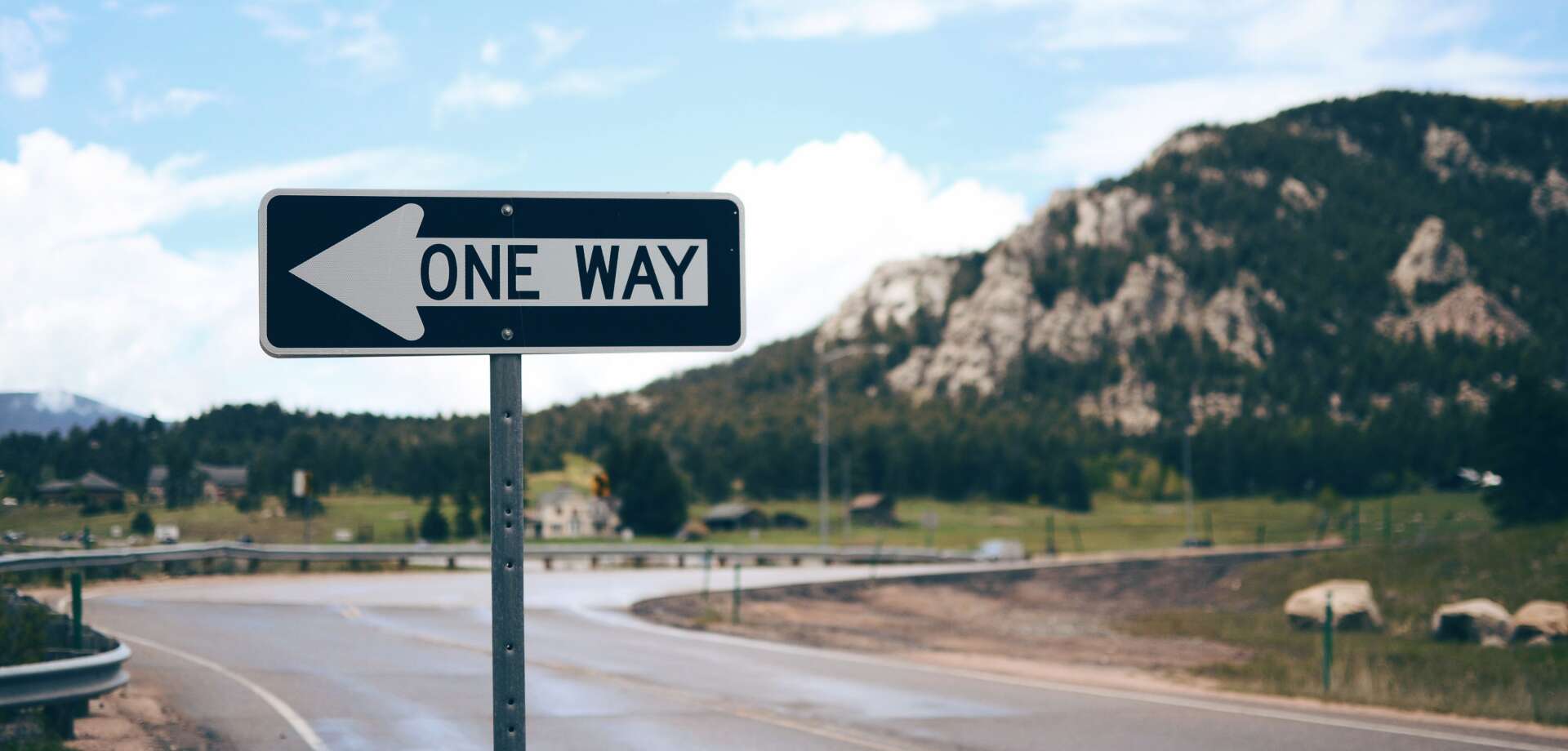
Photo Credit: Nick Tiemeyer (License)
Canadian law does not interfere with the federal government disentitling future generations of Indigenous people through a surrender of lands based on a vote of 50 percent plus one of status Indians who vote on a particular day. This is despite the fact that a vote by registered Indian Act band members is limited to a fraction of the members of an Indigenous nation and based on sexist, racist membership criteria imposed by the federal government.
Canadian law abandons principle and turns a blind eye to hypocrisy as long as the reconciliation objective is achieved: extinguishing Indigenous rights in the name of certainty for modern-day colonizers.
Even given these limitations, the Court took the additional step of putting in place a colonizer insurance policy against any unpredictable development that would threaten the overarching objective of removing Indigenous people from their lands. The Court held that section 35's protection of Aboriginal rights is not guaranteed. Constitutional protection can be dispensed with should an Aboriginal right threaten the interests of the dominant society. The Court subsequently extended the power to override Aboriginal rights to provincial governments.
The overall effect has been to not only turn section 35 into a box intended to hold no more than a handful of Aboriginal rights (primarily subsistence harvesting rights and, perhaps, limited economic rights)--it has also resulted in federal and provincial governments having a key to the box so they can ransack it as needed in the name of reconciliation.
The capstone of the Court's work on section 35 was its explanation of why rights protected under section 35 are so far removed from Indigenous Peoples' understandings of their rights and from the rights of non-Indigenous people. As a tool of colonization, the Court's answer was simple, effective and unanswerable--Aboriginal rights are 'sui generis', a fancy lawyer term meaning they are in a class of their own. Like exhibits in a museum, Aboriginal rights are separate and distinct from non-Indigenous rights, they are the other.
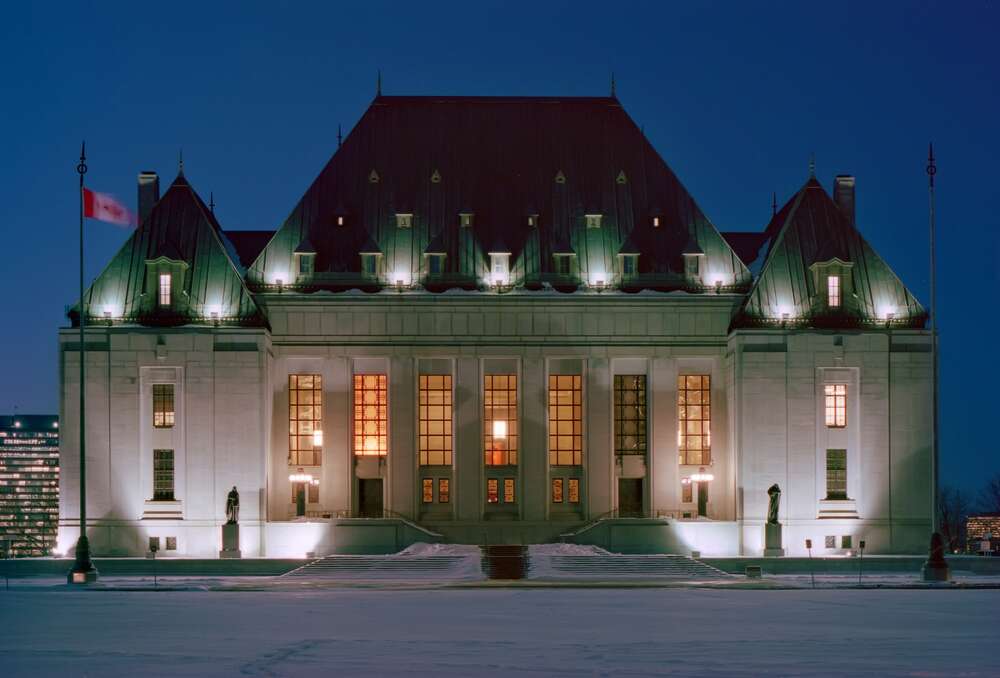
The Supreme Court's view of Aboriginal rights is not part of the past, it lives in the present, decision after decision. When the Court took the unavoidable step of making a declaration of Aboriginal title, it perpetuated the biases underlying its colonial intellectual tradition. It framed the proof of Aboriginal title in terms of nomads and semi-nomads, of Indigenous Peoples' technological abilities and their land's carrying capacity.
The effect of reading the Supreme Court's decision triggered memories of my childhood experience at the museum. I paused in reading the decision, pushed back my chair, closed my eyes and found myself working my way along an evolutionary line beginning with nomadic, Indigenous hunters, proceeding to the arrival of a sailing ship from Europe, filled with new technology and introducing Indigenous people to commercial markets and then on to the arrival of the settlers bringing with them civilization, agriculture and education.
The Court's words made me think of how often at museums and in educational documentaries Indigenous people continue to be depicted along with the wildlife--what is the carrying capacity of an ecosystem for moose, rabbits, partridges (Indigenous people?)--before they are left behind, stuck in the past, while the real story of nation building gets rolling.
Canadian law's articulation of Aboriginal rights haunts me at unexpected times. I spend too much time reading novels recommended by the Guardian in an insecure attempt to fill huge gaps in my education. A few years ago I read A Bend in the River, V.S. Naipaul's novel of post-colonial Africa. Salim, the narrator, describes the introduction of British postage stamps depicting scenes of his country. One of the stamps was entitled 'Arab Dahow'. Having seen the stamp, he could never look at a dhow the same again. An everyday object he had taken for granted his entire life had been transformed into something distinct and essential to his people, something to be contrasted with the ‘modern’ cargo ships of the colonizers.
Salim's description of the postage stamp brought to mind the outsider's view of my neighbours, friends and family I encountered after leaving home for university. Reporters, lost beyond the perimeter highway that circles Winnipeg, occasionally pen salvage ethnography pieces describing the primitive, backward people they discover within a two-hour drive of the provincial capital. One such publication was entitled People of the Interlake, filled with images reminiscent of United States depression-era photographers.
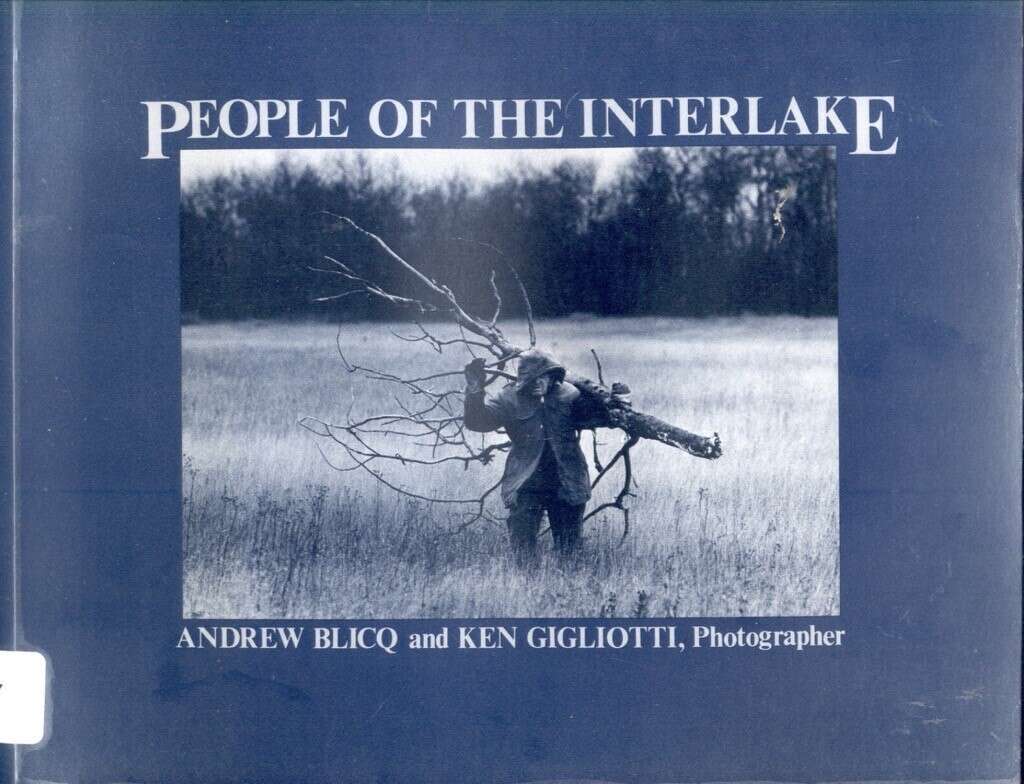
An essay in a Saturday edition of the Globe & Mail described the region in Manitoba where I grew up as the type of place where "there are burnt out cars by the side of the road and family feuds run deep." When I shared the story with family members, they responded with a dismissive, bitter laughter that carried a challenge and a threat for any outsider foolish enough to assume they could encapsulate in words or images what made us distinctive.
My childhood museum visit came back again when I read Orientalism, Edward Said's courageous examination of how Western societies created and continue to recreate 'the other' as part of historical and modern-day colonialism. Over two weeks I listened to the audiobook before sunrise while sipping my morning coffee, hovering in the netherworld between sleep and consciousness.
While the book is filled with erudite analysis (most of which was lost on me), two of Said's insights jolted me fully awake. The first is how through the workings of orientalism, Eastern societies are not seen, they are seen through. The second is how orientalism works to facilitate, support and justify the West's infiltration and possession of Eastern societies.
Through Said's insights my memory of the museum and the Supreme Court's section 35 case law were brought together with the click, click, click precision of an optometrist merging letters during an eye examination.
When I started working in Aboriginal law over 25 years ago, I assumed the liberating potential of section 35. While it might be an empty box, through the hard work, optimism and persistence of my Indigenous clients it would gradually be filled with a wide range of rights, including Aboriginal title, which would support the reemergence of strong, independent Indigenous nations. My work over the last quarter century has been an exercise in unlearning my naivety.
With the support, encouragement and gentle persistence of my clients and Indigenous colleagues, I have shifted my perspective on section 35. I've realized that empty or full, section 35, as envisioned by the Supreme Court, is still a box.
Like a museum exhibit, it is a box that works as a tool of colonialism by defining and limiting the rights of Indigenous people, by essentializing their 'Indigeneity', their otherness, and by including a backdoor through which this diminished box of treasures can be looted by provincial and federal governments. The overall effect has been to turn section 35 into a tool of colonization.
Rather than upsetting the colonization project, section 35 confirms and legitimizes it.
Colonialism's stories are insidious and persistent. They are all around us. Only a few blocks from the Supreme Court stands a piece of public art consisting of an Indigenous man gripping a bow and arrow, eyes fixed on a motionless deer 30 yards away, forever waiting for the frame to advance, waiting for its life to continue or end. The two figures are frozen in time, locked in a prison whose bars are reinforced by the passing glance of every person trudging up the hill towards the parliament buildings.
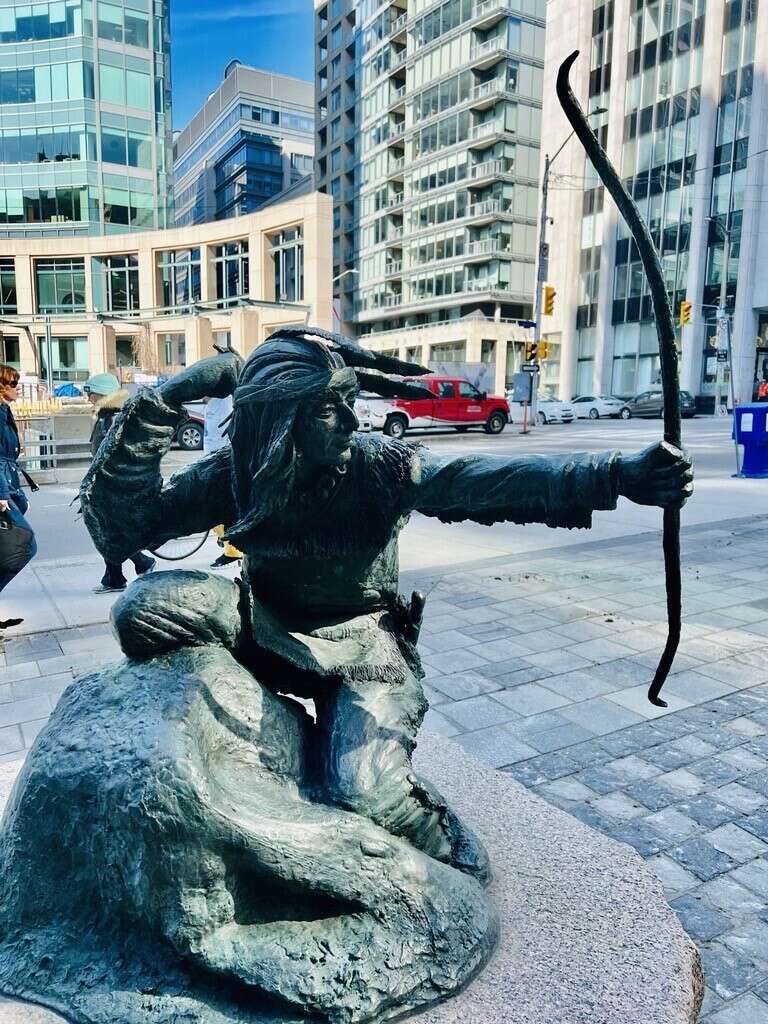
The systems of possession, dispossession and domination that support Canada's ongoing colonization project are informed and justified by the stories non-Indigenous Canada tells about Indigenous people. Resetting the relationship between colonizers and Indigenous nations cannot begin without honest truth telling about these stories, truth telling about how they not only limit the value of constitutional protection for Indigenous rights, but also support and legitimize Canada's colonization project.
The argument that present day Canadians are not responsible for the genocidal effects of colonization on Indigenous people because that was something perpetrated by earlier generations is based on the falsehood that colonization is a regrettable historical artifact.
Colonization isn't something that occurred in the distant past. Colonization is as much a part of modern Canadian life as Tim Horton's and the frustration of Toronto Maple Leaf fans.
Every non-Indigenous Canadian alive today benefits from the ongoing dispossession of Indigenous people from their lands. Every non-Indigenous Canadian is a colonizer. Every non-Indigenous Canadian is responsible for taking action to address the present and ongoing wrongs of colonization.
Non-Indigenous Canadians must strive to emulate the courage of Indigenous people who fearlessly speak the truth of their ancestors, the truth written on and embedded in the land.
Speaking the truth, always speaking the truth, carries a power and authority that cuts through the colonizers' constructs, their fictions, their classifications and false promises. By fearlessly speaking the truth, always speaking the truth, non-Indigenous people can fulfill their responsibilities to the past, the present and the future.
And when the day comes for their part to end, they can honestly say that from the back rows they added their voices to the chorus of resistance that will never be silenced regardless of how many museums and boxes are built to contain, define and silence Indigenous people, a chorus of resistance that will, one day, throw back the shadows of colonialism.

Photo Credit: Brett Jordan (License)
Bruce McIvor, lawyer and historian, is partner at First Peoples Law LLP. He is also an Adjunct Professor at the University of British Columbia’s Allard School of Law where he teaches the constitutional law of Aboriginal and Treaty rights. A member of the bar in British Columbia and Ontario, Bruce is recognized nationally and internationally as a leading practitioner of Aboriginal law in Canada. Bruce's ancestors took Métis scrip at Red River in Manitoba. He holds a law degree, a Ph.D. in Aboriginal and environmental history, is a Fulbright Scholar and author of Standoff: Why Reconciliation Fails Indigenous People and How to Fix It. He is a member of the Manitoba Métis Federation.
Follow Bruce on LinkedIn and Twitter
First Peoples Law LLP is a law firm dedicated to defending and advancing the rights of Indigenous Peoples. We work exclusively with Indigenous Peoples to defend their inherent and constitutionally protected title, rights and Treaty rights, uphold their Indigenous laws and governance and ensure economic prosperity for their current and future generations.
For more First Peoples Law analysis, visit our blog
Sign up for our First Peoples Law Report
